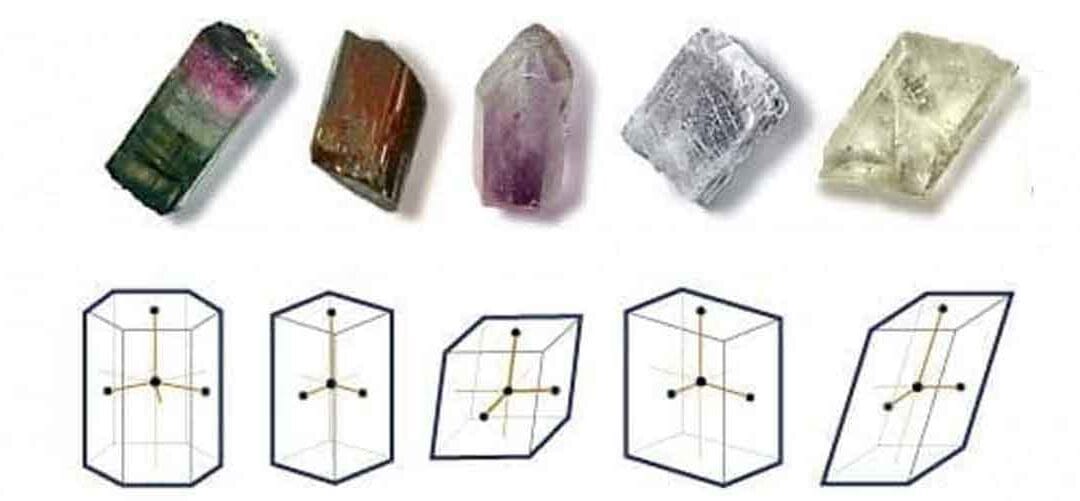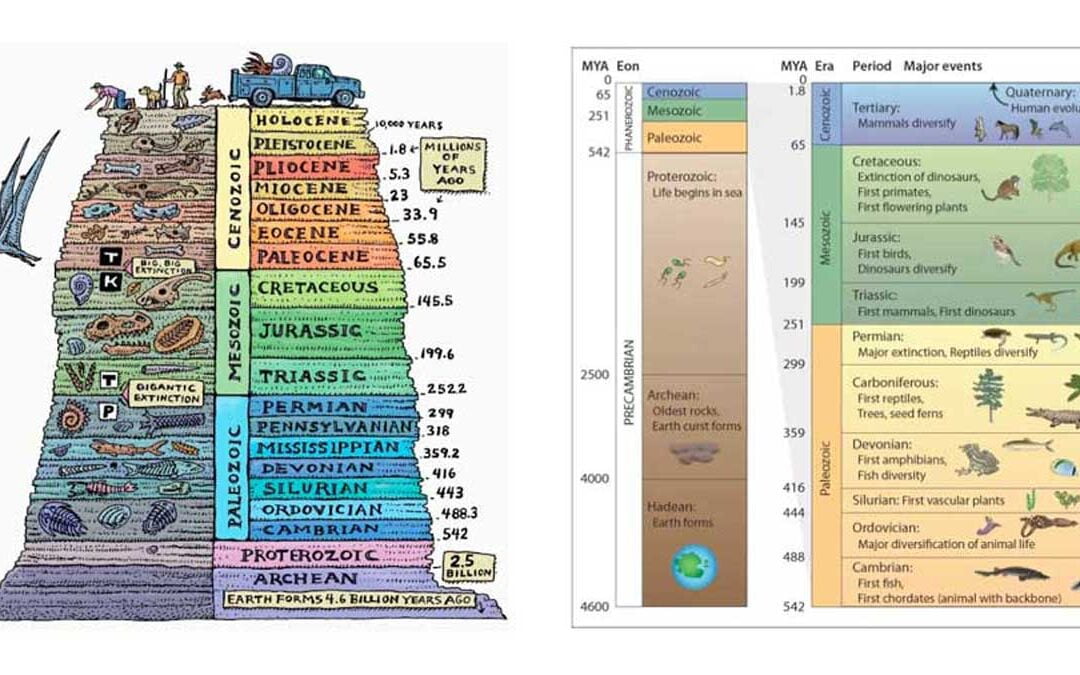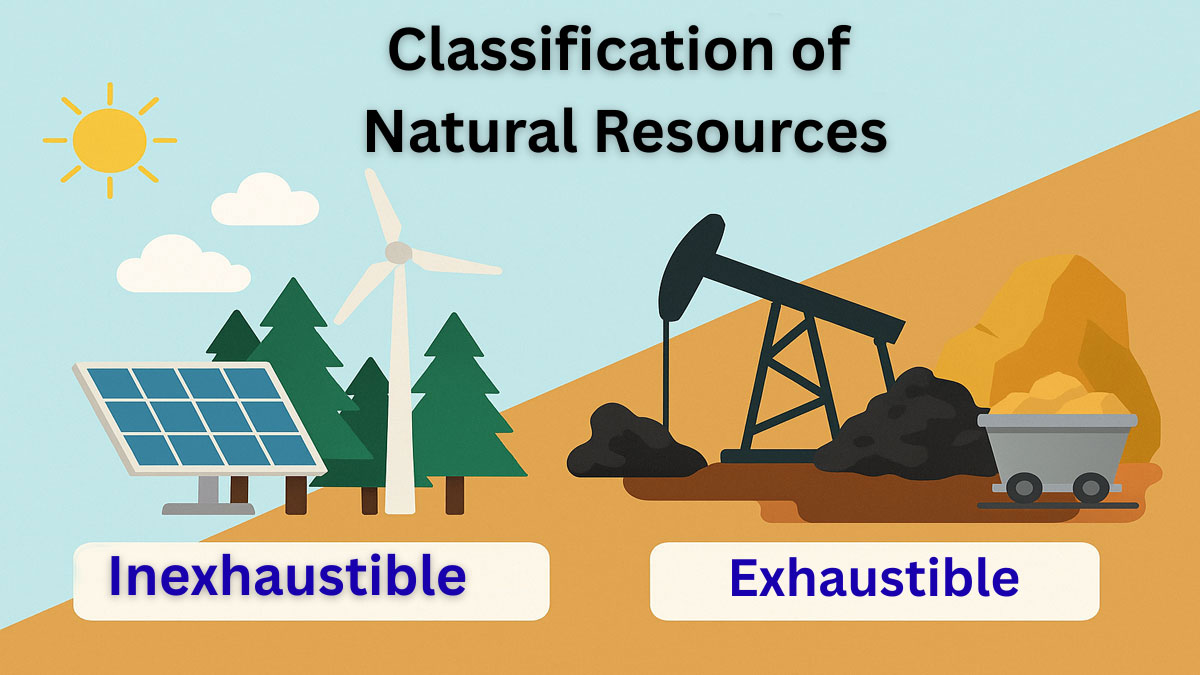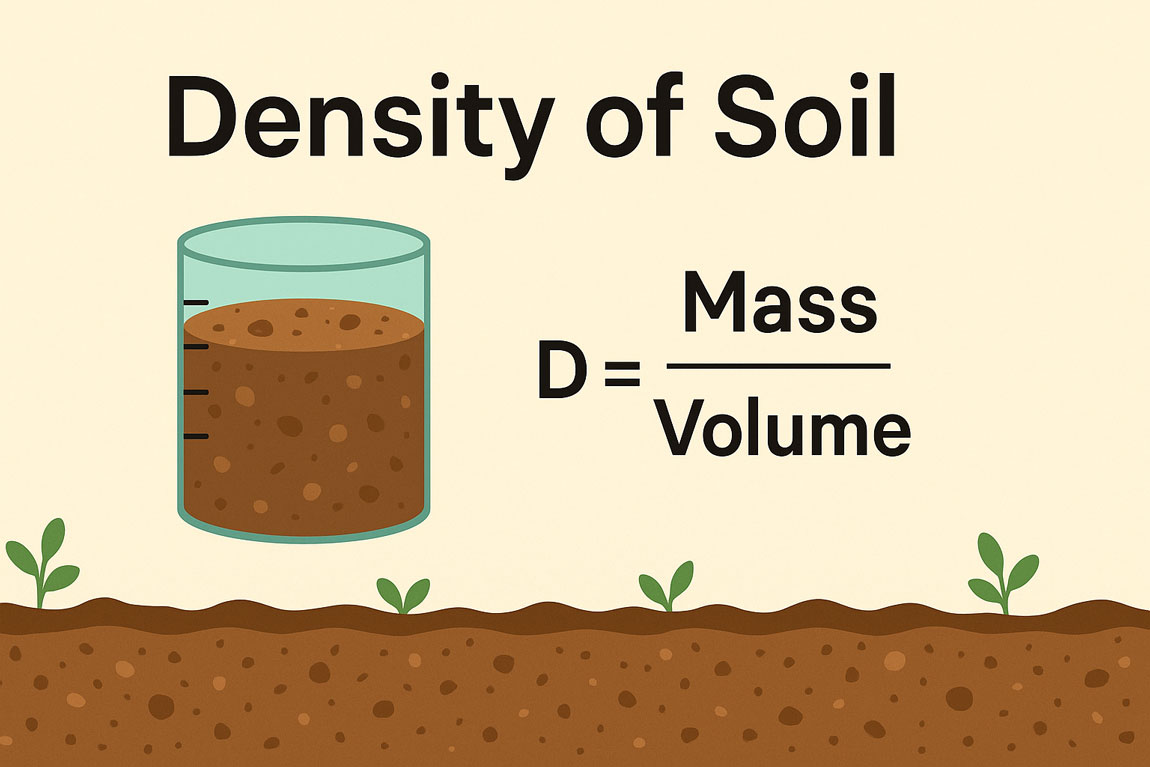
by Gelogia | Oct 9, 2024 | Crystallography & Mineral Optics, Mineralogy
Crystal twinning is the symmetrical intergrowth of two or more crystals, related by a symmetry operation known as a twin element. Twin elements can include mirror planes, rotation axes (typically two-fold), and rotation inversion, which are distinct from the natural...

by Gelogia | Oct 7, 2024 | Crystallography & Mineral Optics, Mineralogy
Crystal symmetry refers to the regular arrangement of faces, edges, and other structural features in a crystal. This regularity constitutes the crystal’s symmetry. The degree of symmetry varies in different minerals and is employed in the classification of...

by Gelogia | Oct 6, 2024 | Crystallography & Mineral Optics, Mineralogy
A Crystal system includes all the symmetry classes that share a similar constant of lattice parallelepiped. The classes are grouped into six crystal systems based on the absence or presence of certain types of rotation axes. Also, we can say that the basis of...

by Gelogia | Oct 5, 2024 | Structural Geology
A map is a visual representation of the earth’s surface on a flat surface, showing physical, political, or other features. Map reading is the process of understanding the information on the map and how it relates to the actual ground. It’s about knowing...

by Gelogia | Sep 27, 2024 | Historical Geology
What is the Geological Time Scale? The geological time scale is a system geologists use to subdivide the great span of time since the origin of the Earth. In other words, when the duration (time range) of the division in the geological column is given in terms of...











